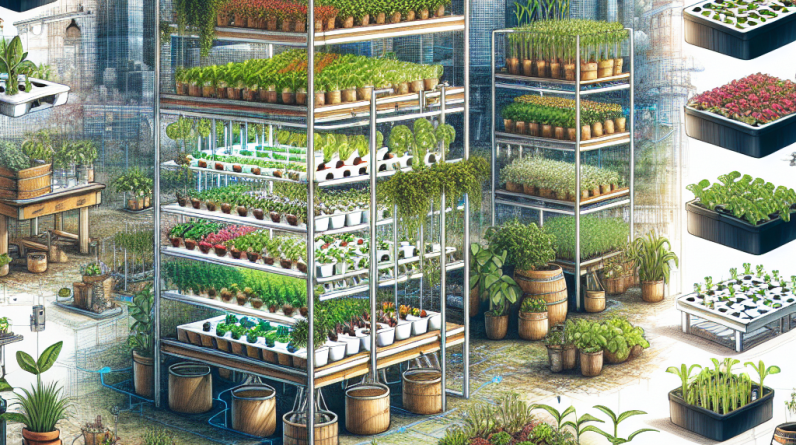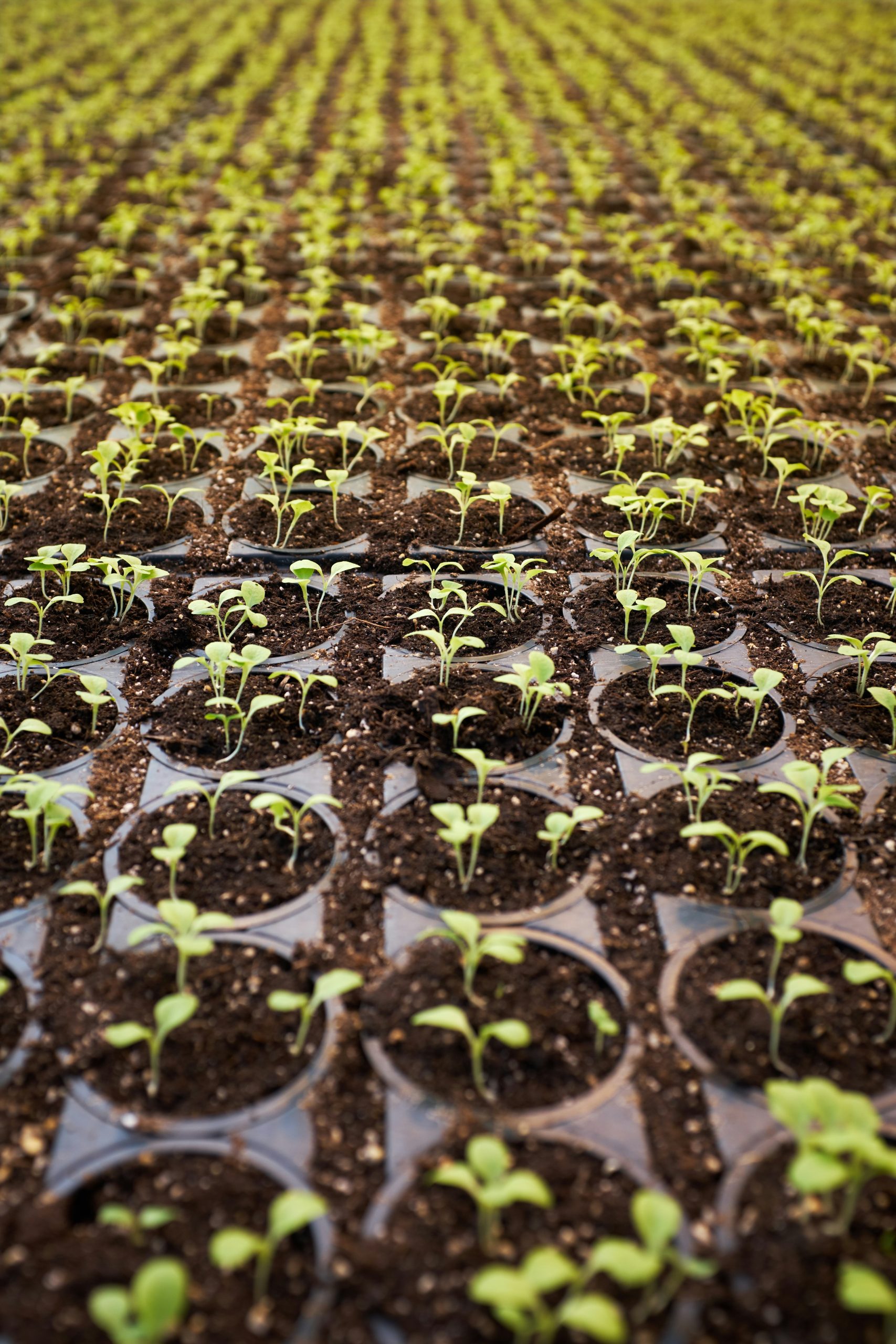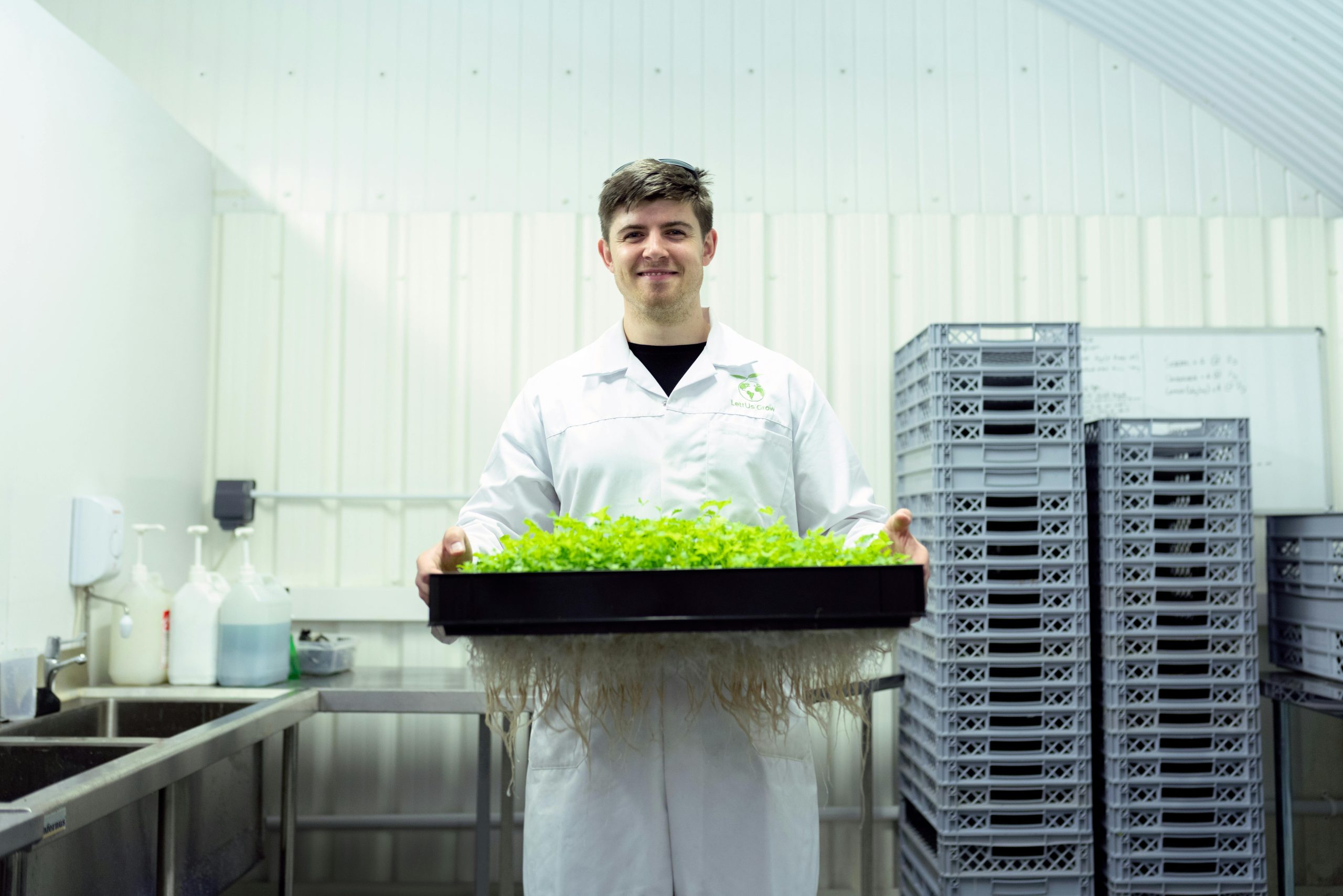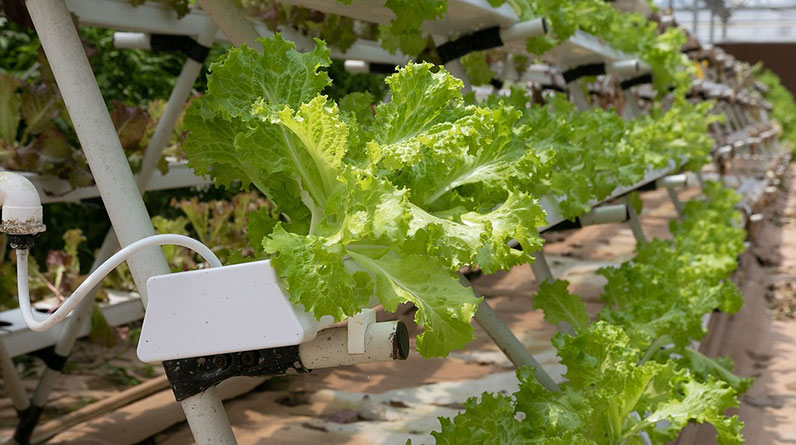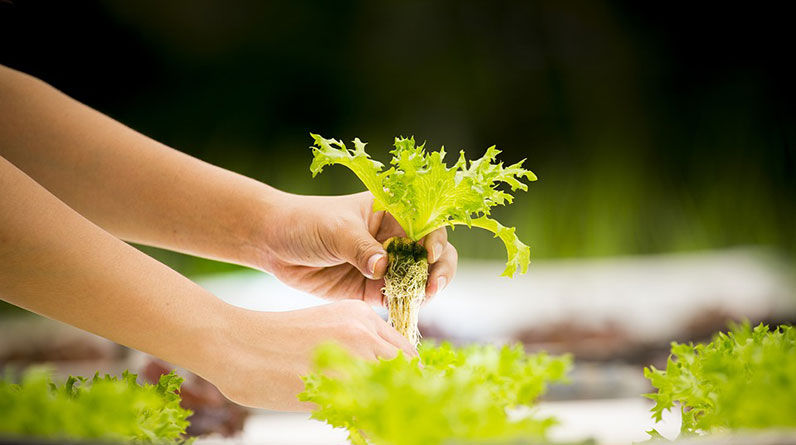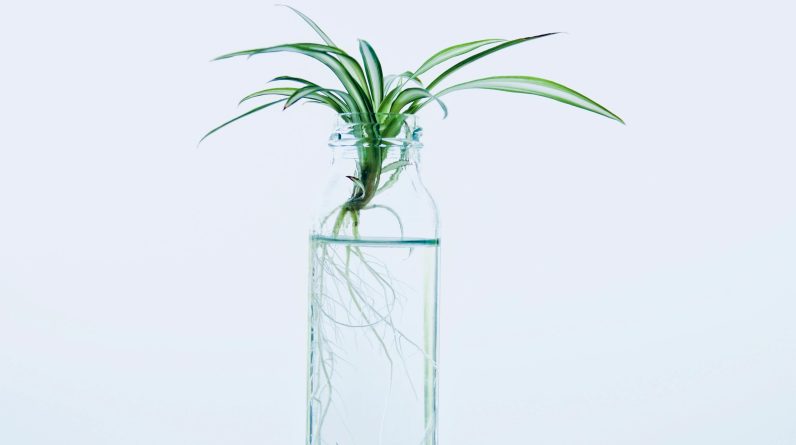
- 1. Lettuce: The Greenhouse Staple
- 2. Tomatoes: The Versatile Favorite
- 3. Basil and Other Culinary Herbs
- 4. Strawberries: Sweet and Profitable
- 5. Spinach: Nutritional Powerhouse
- 6. Cucumbers: Crisper Harvests
- 7. Kale: The Superfood Candidate
- 8. Bell Peppers and Chili Peppers
- 9. Microgreens: Small but Mighty
- 10. Ornamental Crops â Hydrangeas & Orchids
1. Lettuce: The Greenhouse Staple
Varieties of Lettuce Ideal for Hydroponics
Lettuce remains one of the easiest and quickest crops to grow hydroponically in 2025. Varieties like Romaine, Butterhead, and Leaf lettuce thrive in controlled environments, offering rapid growth cyclesâoften ready for harvest in just 30-40 days. These types of lettuce are versatile, appealing for salads, sandwiches, and garnishes. Incorporating different varieties can extend your harvest window and diversify your offerings.
Hydroponic systems such as NFT (nutrient film technique) or deep water culture promote uniform growth, making lettuce a top contender among the best hydroponic crops. Their relatively small root systems mean less space and resource requirements, making them perfect for beginners and experienced growers alike. Data from 2025 indicates a 15% increase in hydroponic lettuce sales, driven by consumer demand for fresh, locally grown greens.
Growing Tips for Maximum Yield
To maximize yield, maintain optimal nutrient levels, particularly nitrogen, phosphorus, and potassium, tailored to lettuce needs. Proper pH management, around 6.0-6.5, ensures nutrient absorption. Consistent lighting and temperatureâaround 18-22°C (65-72°F)âare crucial for lush, tender leaves.
Practically, I recommend staggered planting every two weeks in a hydroponic system. This ensures a continuous harvest cycle and reduces downtime. Additionally, using growth boosters like calcium and magnesium can improve plant quality and resistance. Regular pest and disease monitoring remains essential, although hydroponics significantly reduces soil-borne issues.
2. Tomatoes: The Versatile Favorite
Best Tomato Varieties for Hydroponics in 2025
In 2025, cherry and heirloom varieties dominate the hydroponic tomato scene due to their high yield potential and market demand. Perfect for vertical setups, varieties like ‘Sungold,’ ‘Sweet 100,’ and ‘Brandywine’ are popular choices. Tomatoes tend to have longer cultivation periodsâroughly 60-85 daysâbut their profitability makes up for the extended growth cycle.
Choosing disease-resistant or hybrid strains can significantly cut down on losses, especially when optimizing a commercial hydroponic farm. Tomatoes are nitrogen-hungry plants, and their yield can increase by up to 20% when grown in optimized hydroponic systems, according to recent studies.
Hydroponic Cultivation Tips for Tomatoes
Ensure a sturdy support system like trellises or stakes to accommodate the vigorous growth of tomato plants. Regular pruning enhances air circulation and fruit production. Nutrient mixes with higher potassium and phosphorus levels foster flowering and fruit development.
Hydroponic tomatoes also benefit from precise control of environmental conditionsâlight intensity, temperature (~22-26°C), and humidity (~60%). Automated systems can help maintain optimal conditions, leading to maximum yield and better fruit quality. Monitor for pests like aphids and whiteflies, which thrive even in hydroponic setups.
3. Basil and Other Culinary Herbs
Popular Hydroponic Herbs in 2025
Basil, mint, cilantro, and parsley rank among the best hydroponic crops for 2025. Basil, in particular, commands high prices in local markets and restaurants. Hydroponic cultivation allows for year-round harvests, with basil maturing in just 3-4 weeks. Its popularity derives from culinary applications, making it an excellent crop for both homesteaders and commercial growers.
Herbs adapt well to vertical or small-scale systems, making them perfect for limited spaces. The rapid growth and steady demand ensure consistent sales, especially when grown organically and marketed directly to consumers or restaurants. Data shows that hydroponic herbs can increase yields by 25-30% compared to traditional soil methods.
Growing and Harvesting Tips for Herbs
Provide ample lightâabout 16 hours per dayâand maintain temperatures around 20-24°C for optimal growth. Use nutrient solutions rich in micronutrients like iron, magnesium, and calcium, vital for aromatic oils development. Regularly prune basil and other herbs to promote bushy growth and prevent flowering, which can reduce flavor quality.
Furthermore, integrating organic pest control methods, such as neem oil or beneficial insects, keeps herbs pest-free without chemical residues. Harvest leaves early in the morning for maximum flavor and freshness.
4. Strawberries: Sweet and Profitable
Hydroponic Strawberry Cultivation in 2025
Strawberries are increasingly popular among hydroponic growers aiming for higher yields and better fruit quality. In 2025, varieties like ‘Albion’ and ‘Seascape’ are favored for their disease resistance and flavor. Hydroponic strawberries can produce multiple harvests annually around 60-75 days per cycle, boosting income streams.
Their shallow root systems make them suitable for vertical farms and tiered systems. Because strawberries prefer specific temperature and humidity levels, automation has become crucialâkeeping temperatures around 18°C and humidity at 80% fosters sweeter, larger berries.
Growing Tips for Profitable Strawberry Yields
Use drip irrigation or ebb-and-flow systems for water management, which minimizes waste and promotes healthy roots. Diluting nutrients with balanced calcium and potassium levels increases fruit firmness and shelf life. Implementing pollination strategies with beneficial insects or manual pollination techniques enhances fruit set and size.
Monitoring for fungal infections and managing environmental stressors ensures consistent production. The key to success with hydroponic strawberries is precise environmental control and continuous crop management.
5. Spinach: Nutritional Powerhouse
Growing Spinach Hydroponically in 2025
Spinach is another top contender among the best hydroponic crops, especially for health-conscious consumers. Fast-growing, mature within 30-40 days, spinach thrives in cool, well-lit environments. Its adaptability to various hydroponic setups makes it popular among commercial growers.
In 2025, increasing demand for fresh greens in salads and smoothies fuels the growth of hydroponic spinach production. Spinach is nutrient-dense, rich in iron and vitamins, and can be harvested multiple times if managed properlyâa feature that boosts profitability.
Tips for Maximizing Spinach Production
Maintain pH levels around 6.0-6.5 and supply a nitrogen-rich nutrient mix. Ensure temperatures stay within 15-20°C to prevent bolting and bitterness. Regular harvesting of outer leaves encourages continued growth, and staggered planting ensures a continuous supply.
Implementing controlled environment systems reduces pest pressures and ensures consistent quality. Spinach’s quick turnaround makes it a favorite among small-scale and commercial hydroponic farmers.
6. Cucumbers: Crisper Harvests
Hydroponic Cucumber Varieties and Growing Techniques
Cucumbers, especially slicing types like ‘Television’ or ‘Marketmore,’ perform remarkably well hydroponically in 2025. Their climbing habit suits vertical setups, which maximize space and facilitate easier harvests. The plants generally take about 50-70 days from planting to harvest, with intensive management.
Hydroponic cucumbers tend to produce more uniform, higher-quality fruit compared to traditional soil methods, with some growers reporting up to a 30% increase in yields. Their high water content makes them a popular, refreshing crop for markets and restaurants.
Growing Tips for Better Cucumbers
Use trellis support and provide consistent watering to avoid fruit cracking. Nutrient solutions rich in potassium and calcium improve fruit quality and firmness. Maintaining temperatures around 22-25°C with high humidity levels encourages flowering and pollination.
Lastly, pest management, particularly for aphids and cucumber beetles, remains essential. Regular monitoring and natural control methods keep cucumber crops healthy and productive.
7. Kale: The Superfood Candidate
Why Kale Is a Top Hydroponic Crop in 2025
Kale is celebrated for its nutrient density and growing popularity among health-conscious consumers. Itâs quick to matureâaround 25-40 daysâand adapts well to various hydroponic systems. Its robust leaves withstand harvesting and regrowth, providing multiple cuts per cycle.
With the rising demand for superfoods in 2025, kaleâs market value continues to increase. It is resistant to many pests and diseases, making it easier to grow at scale.
Optimal Growing Conditions for Kale
Maintain cooler temperatures (15-20°C) to prevent heat stress and ensure tender leaves. Rich, organic nutrient solutions with high nitrogen levels promote lush growth. Regularly harvest lower leaves to encourage continuous production and prevent bolting.
Implementing light levels of 12-14 hours daily can optimize growth without over-stressing plants. Kale is perfect for small-scale urban farms and large vertical farms alike.
8. Bell Peppers and Chili Peppers
Profitable Pepper Varieties for 2025 Hydroponics
Peppers rank high among the best hydroponic crops for flavor and profitability. Bell peppers like ‘California Wonder’ and chili peppers such as ‘Jalapeño’ gain better shape, size, and flavor in controlled environments. Peppers tend to produce high yields once they start floweringâtypically within 60-80 days.
Their market price remains attractive, especially for organic or specialty varieties. Advances in hydroponic technology in 2025 have improved water and nutrient efficiency, further boosting yields.
Best Practices for Hydroponic Pepper Cultivation
Maintain temperatures around 20-24°C with a steady supply of lightâabout 14-16 hours daily. Nutrients rich in potassium and phosphorus support flowering and fruiting. Proper support structures prevent stem breakage under the weight of mature peppers.
Regular pruning and pest controlâespecially for aphids and spider mitesâare essential for high-quality harvests. Success with peppers in hydroponics depends on meticulous environmental and nutritional management.
9. Microgreens: Small but Mighty
Microgreens as a High-Value Hydroponic Crop in 2025
Microgreens have soared in popularity for their intense flavors, nutritional density, and rapid turnaroundâoften within 7-14 days. Theyâre ideal for urban farms, restaurants, and health food markets in 2025.
Growing microgreens hydroponically requires minimal space and resources, making them highly scalable. Their high market valueâoften 3-5 times that of mature greensâmakes them a standout among the best hydroponic crops for maximum profit.
Tips for Microgreens Success
Use shallow trays with a soilless medium like coconut coir or peat. Ensure high-intensity LED lighting and maintain temperatures around 20°C for rapid germination. Keep humidity levels consistent and harvest at the optimal stageâjust before the first true leaves develop.
Regular sanitation reduces mold and pests, ensuring high-quality microgreen crops. Their quick cycle and premium pricing make microgreens one of the most profitable hydroponic crops in 2025.
10. Ornamental Crops â Hydrangeas & Orchids
Growing Ornamental Crops Hydroponically
While not food crops, ornamental hydroponic plants like hydrangeas and orchids are lucrative in 2025âs floriculture market. They benefit from precise root and environmental control, resulting in stunning blooms.
Hydroponic cultivation reduces pesticide use and shortens growing time, making them highly desirable for upscale markets. Greenhouse setups with climate control systems allow these crops to flourish year-round.
Tips for Growing Stunning Ornamental Crops
Maintain specific temperature and humidity settings tailored to each plant species. Use nutrient solutions that support flowering and leaf health, and prune regularly to encourage new growth.
Positioning these plants in visually appealing ways enhances their retail value. With growing consumer interest in sustainable and pesticide-free ornamental plants, hydroponic methods are increasingly preferred for this niche.
Conclusion
In 2025, understanding the best hydroponic crops is essential for maximizing yield, profitability, and sustainability. From leafy greens like lettuce and kale to lucrative herbs, fruits, and even ornamentals, the potential is vast for growers willing to adapt to innovative hydroponic practices. By focusing on the crops highlighted in this guide, you’ll be well-equipped to make informed decisions that lead to success. Remember, choosing the right crops and optimizing growing conditions are key components in growing the best hydroponic crops of 2025.
Frequently Asked Questions
1. What are the best hydroponic crops for beginners in 2025?
Lettuce, herbs like basil, and microgreens are among the best hydroponic crops for beginners, thanks to their quick growth and minimal maintenance.
2. How can I maximize yield with hydroponic crops in 2025?
Maintaining precise environmental conditions, optimizing nutrients, and practicing regular pest control are crucial for maximizing yield in hydroponic farming.
3. Why are hydroponic crops considered more sustainable?
Hydroponic systems use less water, reduce soil erosion, and allow for controlled nutrient delivery, leading to more sustainable agricultural practices.
4. What is the future outlook for the best hydroponic crops in 2025?
The future of hydroponic crops looks promising with continued technological advancements, increased consumer demand for fresh and local produce, and expanding commercial applications.
Related Content
- The Ultimate Guide to Growing with Hydroponics in 2025: 7 Effective Strategies for Success
- The Ultimate Guide to 10 Effective hydroponic systems for 2025
- Boost Your Health with Hydroponic Nutrition
- Boosting Plant Growth with Nutrient-Rich Solutions in Hydroponic Gardening
- 10 Effective hydroponic garden design Strategies for 2025 Success


